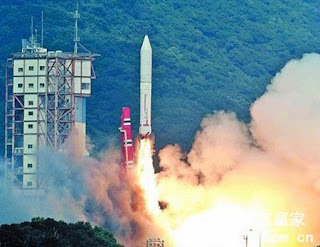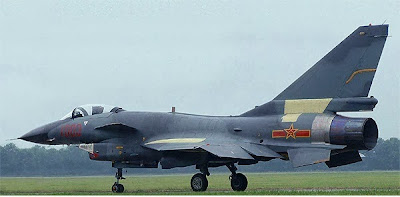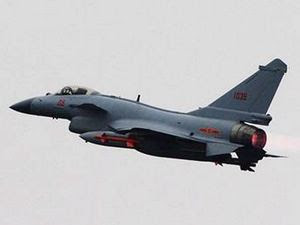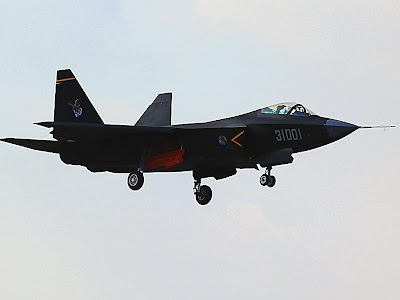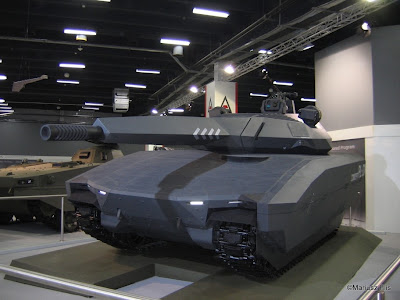China has developed a six-rotor drone made from carbon fiber which has successfully passed flying and bombing tests, according to a state-run defense technology news website.
All three of the drones, with body, rotors and undercarriage all made with carbon fiber composite materials, were designed and manufactured by Kang Ben Company, the fourth research institute of China Aerospace Science and Technology Corporation.
The drones passed tests including vertical takeoff/landing, hovering in one place, manual flight mode and following a predetermined route. The drones also passed tests of carrying and launching missiles.
Kang Ben has continued to work on the drone's design to increase its mobility and for it to be able to be assembled and taken apart again rapidly, in order for it it to be easily transportable and more reliable.

